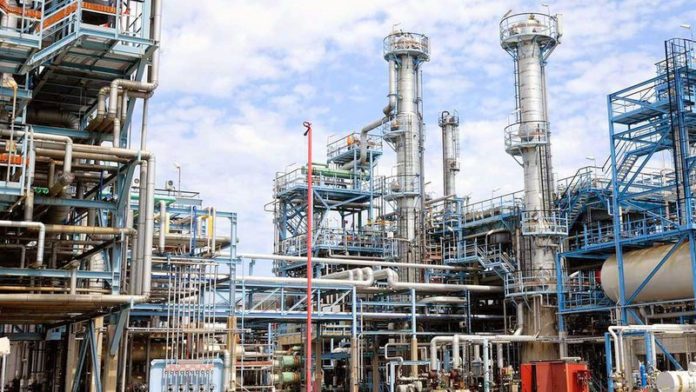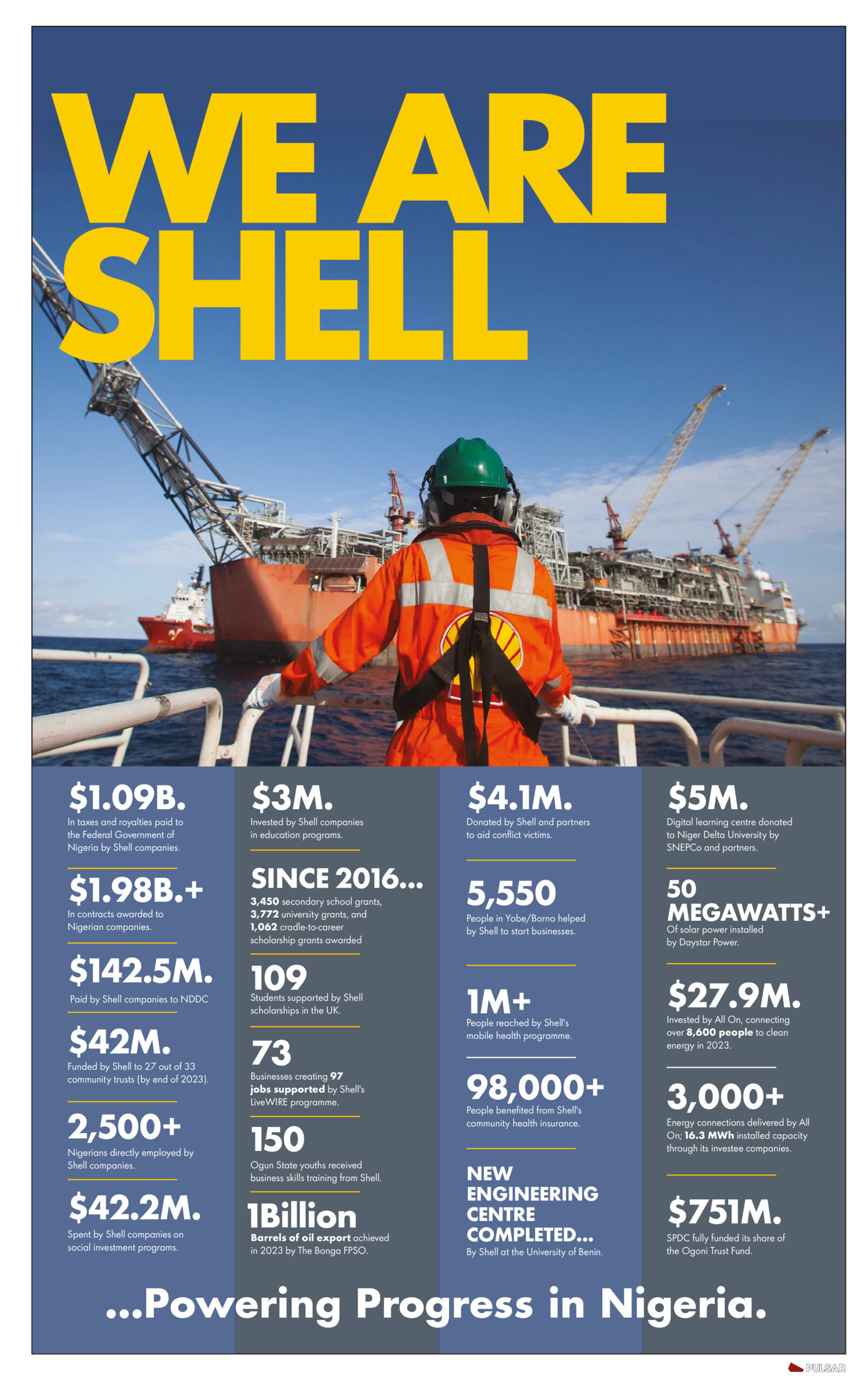By Jeph Ajobaju, Chief Copy Editor
Proposed Katsina Refinery expected to cost about $2 billion highlights Nigeria’s spending on refinery turn around maintenance (TAM), which is three times higher than the allocation to education in the 10 years from 2009 to 2018.
A total $26.5 billion has been spent to maintain loss-making refineries with a combined production capacity for 445,000 barrels per day (bpd), a sum enough to build three new ones of the same size, based on the cost of refinery projects across the world, per reporting by The Guardian (Nigeria).
Earlier this month, the Federal Executive Council (FEC) chaired by President Muhammadu Buhari – who is also petroleum resources minister – approved $1.5 billion (about N575 billion) to rehabilitate Port Harcourt Refinery, the country’s largest refinery built 32 years ago.
The latest approval for the rehabilitation of the refinery, which has capacity for 210,000 bpd, is more than the allocation to health in the 10 years from 2009 to 2018.
The $1.5 billion approval pushed the $25 billion voted for the same purpose to $26.5 billion. Abuja has not refuted these figure, according to The Guardian.
Minister of State for Petroleum Resources, Timipre Sylva, explained that the contract for the rehabilitation was awarded to Italian firm, Tecnimont SPA, and would be executed in three phases.
The first phase is expected to be completed within 28 months, Sylva said, adding that the second would be completed in 24 months and the third in 44 months.
Money burners
Nigeria has three refineries in Kaduna, Port Harcourt, and Warri. Their combined capacity for 445,000 bpd plummeted over the years until the facilities became obsolete and currently processes zero crude, while recording huge losses.
TAM funds are buried in corruption with several probes by the National Assembly (NASS) indicting public officials for misappropriation, and documents on the financial details of maintenance rounds are scanty.
Based on the cost of refinery projects across the world, Nigeria could have built three efficient refineries with the sums spent on TAM in existing facilities which are still performing poorly.
The Pacifico Eloy Alfaro Refinery and Petrochemical Complex (Pacific Refinery) being constructed at El Aromo, Manta, Ecuador at a cost of $12 billion has capacity for 500,000 bpd facility.
Dangote Refinery, an integrated refinery and petrochemical facility in Lekki, Lagos with capacity for 650,000 bpd is costing about $15 billion.
Kuwait is building Al Zour Oil Refinery for $16 billion. Its capacity is 615,000 bpd.
It would cost less than $8 billion to build a new 210,000 bpd refinery in Port Harcourt (the same size as the existing one); and less than $8 billion to build a new refinery in Warri, where the existing one, built in 1987, has capacity 125,000 bpd.
Kaduna Refinery has a nameplate refining capacity for 110,000 bpd. A new similar facility built in the area would cost less than $8 billion.
The three refineries would cost about $24 billion, The Guardian reports.
It recalled that in 2018, Buhari signed a Memorandum of Understanding (MoU) with Nigerien President Mahamadou Issoufou for building oil pipelines, and a 150,000 bpd capacity refinery in Katsina State which will receive crude from oilfields in the Ténéré desert in Niger Republic.
The cost of the refinery and the pipeline was valued at about $2 billion.
Allocation to social sectors
Nigeria spends $1 billion yearly on health tourism and the current $15 billion TAM cost for the Port Harcourt Refinery is greater than the allocation to health projects by over N100 billion.
Between 2009 and 2018, capital allocation to the Ministry of Health was N478.9 billion; in 2009 (N50.8 billion), 2010 (N49.99 billion), 2011 (N33.53 billion), 2012 (N57.01 billion), 2013 (N60.08 billion), and 2014 (N49.52 billion)
In 2015, the figure dropped sharply to N22.68 billion. It then began rising from 2016 (N28.65 billion), 2017 (N55.61 billion), and 2018 (N71.11 billion).
The education sector is in decline, with Nigeria accounting for the highest number of about 23,000 lecturers who depart from the African continent yearly.
Meanwhile, the $26.5 billion spent on refinery TAM is nearly three times the N3.90 trillion allocated to education in the 10 years from 2009-2018, from a total budget of N55.19 trillion.
In 2009, education received N221.19 billion, 2010 (N249.09 billion), 2011 (N306.3 billion), 2012 (N400.15 billion), and 2013 (N426.53 billion).
In 2014, the amount was N493 billion, 2015 (N392.2 billion), 2016 (N369.6 billion), 2017 (N550 billion, and 2018 (N605.8 billion) – a total N3.90 trillion.
The Nigerian National Petroleum Corporation (NNPC) reported in its monthly financial statement that about N1.47 trillion was spent on the four refineries between 2015 and 2020.
In 2015, about N82.82 billion was spent, 2016 (N78.95 billion), 2017 (N604.127 billion), 2018 (N426.66 billion), 2019 (N218.18 billion), and January to June 2020 (N64.534 billion).
Experts criticise unproductive TAM
Segun Ajibola, a professor of economics, said while a lot of resources have been diverted to the TAM of refineries, there have not been commensurate results.
He blamed it on poor implementation, mismanagement, and a lack of accountability by government institutions.
“The expectation has always been that the refineries would either be fully privatised, or sold outright to remove government’s hand from the day to day management of the refineries. This is with a view to removing government’s inefficiency from the affairs of the refineries.
“With the approval of $1.5 billion to rehabilitate the refinery, one can still hope that the government is trying to enhance the value of Port Harcourt Refinery in readiness for either full privatisation, or outright sale,” Ajibola told The Guardian.
He said the rehabilitation could be another sordid tale in years to come if the refinery returns to the traditional operational mode (public ownership and management).
Other energy experts and civil society groups also criticise plans to revamp the Port Harcourt Refinery given that since the Buhari administration came on board, it has repeatedly stated that no government funding would be spent on the refinery.
International Energy Services Group Chairman and Chief Executive Officer, Diran Fawibe, argued that without a comprehensive rehabilitation and audit, the amount would be a waste as the facility has failed to perform after years of maintenance.
Fawibe, a former NNPC management employee, warned that without proper rehabilitation and audit of the entire facility to ensure that liability remains minimal, the fund could end up the way previous allocations did.
According to him, the contractor must be asked for performance guarantee as well as years of defect liability and spare parts at no additional cost.
An energy expert, Henry Adigun, sees no sense in spending $1.5 billion to fix a refinery after the government promised to allow the private sector to run the facility on BOT.
“Where is the money going to come from? Turn around for what? What is the context? Adigun asked, adding that the move by Abuja was most unfortunate.
Centre for Democracy and Development (CDD) Director, Idayat Hassan, urged Nigeria to build new refineries instead of pumping money into dead ones, stressing that rehabilitating the Port Harcourt Refinery is a misplaced priority.
“If we do a cost analysis, we should be able to see how much more we need for a new refinery. It is becoming counterproductive to try to continue to rehabilitate what is failing,” Hassan stressed.
Madaki Ameh, an energy expert, added: “That contract is too much. You don’t need that amount of money to turn around a refinery anywhere in the world. I prefer that we build a new one.”














